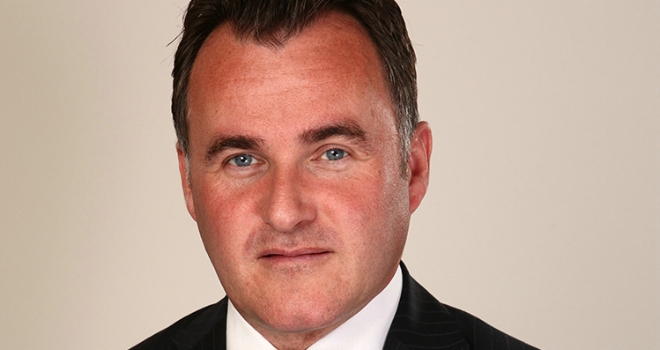
"The HMO sector of the market looks well set for further growth over the next year, with 21% of landlords saying they plan to buy an HMO property in the next 12 months"
Landlords must now ensure that all properties occupied by five or more people forming more than one household and sharing facilities, such as a bathroom or kitchen, are licensed with their local authority. They must also ensure that any room in the property with a floor area of less than 4.64 square metres is not used as sleeping accommodation. Landlords failing to adhere to the new rules could face punitive fines – up to £20,000 for failing to register a property that needs licensing and up to £30,000 for not meeting the minimum room size requirements.
It was initially feared the new legislation, which the government estimated would affect around 160,000 properties, could put the brakes on what has become an increasingly popular area of the market in recent years. Some thought the cost of the work needed to convert properties to obtain a licence or the loss of income from rooms that were now too small under the new rules could put new investors off or persuade existing HMO landlords to exit the market.
However, it appears those fears were unfounded. Not surprisingly, landlords looking to rebalance their portfolios after years of being buffeted by the storms from the regulatory and tax changes are still tempted by the attractive rental yields potentially on offer. Many landlords are also attracted by the peace of mind that comes with knowing that rental income is more secure, even if one tenant leaves a void.
This is backed up by research from BVA BDRC which shows that HMO landlords are still benefiting from the highest average rental yields in the market at 6.3%, almost a full percentage point more than the overall average rental yield of 5.5%. The HMO sector of the market looks well set for further growth over the next year, with 21% of landlords saying they plan to buy an HMO property in the next 12 months and only 8% saying they were looking to divest a property.
What the figures show us is that there is still a considerable appetite among landlords looking for alternative ways to boost their profits. As the market becomes more professionalised and the traditional buy-to-let ownership model morphs from single let properties to properties with multiple tenants, it’s vital these landlords are given the support they need.
I can’t answer for other lenders, but here at Precise Mortgages our doors are always open to landlords with HMOs; experienced landlords will find a range of mortgages designed to help them develop their portfolios.
We’ve recently extended our top slicing feature across our entire buy to let range to include HMO customers. It means landlords can now use their surplus earned income or portfolio income to demonstrate they could meet any financial stresses on their new property, rather than through the rental income of the property alone. We now also offer Refurbishment Buy to Let for works being completed under permitted development rights, provided there are no structural alterations or changes to the footprint of the property. This is a really exciting development as it allows landlords to change the use of a property from a C3 dwelling house to a C4 HMO for up to six bedrooms.
So as some doors shut in certain areas of the market, different ones are opening up, particularly for those investors who are prepared to step over the threshold and explore the new opportunities on offer.





